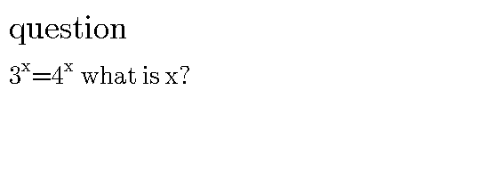
AllQuestion and Answers: Page 1171
Question Number 100017 Answers: 1 Comments: 0
Question Number 100002 Answers: 0 Comments: 0

Question Number 100000 Answers: 2 Comments: 1
Question Number 99997 Answers: 0 Comments: 2

Question Number 99995 Answers: 0 Comments: 0
Question Number 99994 Answers: 1 Comments: 0
Question Number 99992 Answers: 2 Comments: 0
Question Number 99989 Answers: 2 Comments: 0
Question Number 99986 Answers: 1 Comments: 0
Question Number 99985 Answers: 0 Comments: 0
Question Number 99982 Answers: 0 Comments: 2

Question Number 99980 Answers: 0 Comments: 6
Question Number 99975 Answers: 1 Comments: 0
Question Number 99972 Answers: 0 Comments: 1

Question Number 99968 Answers: 0 Comments: 1
Question Number 99962 Answers: 1 Comments: 0
Question Number 99960 Answers: 2 Comments: 1
Question Number 99951 Answers: 1 Comments: 1
Question Number 99947 Answers: 1 Comments: 2
Question Number 99941 Answers: 1 Comments: 0

Question Number 99938 Answers: 2 Comments: 2
Question Number 99936 Answers: 2 Comments: 3
Question Number 99935 Answers: 1 Comments: 4
Question Number 100162 Answers: 1 Comments: 1

Question Number 99923 Answers: 0 Comments: 2
Question Number 99920 Answers: 3 Comments: 0
Pg 1166 Pg 1167 Pg 1168 Pg 1169 Pg 1170 Pg 1171 Pg 1172 Pg 1173 Pg 1174 Pg 1175
